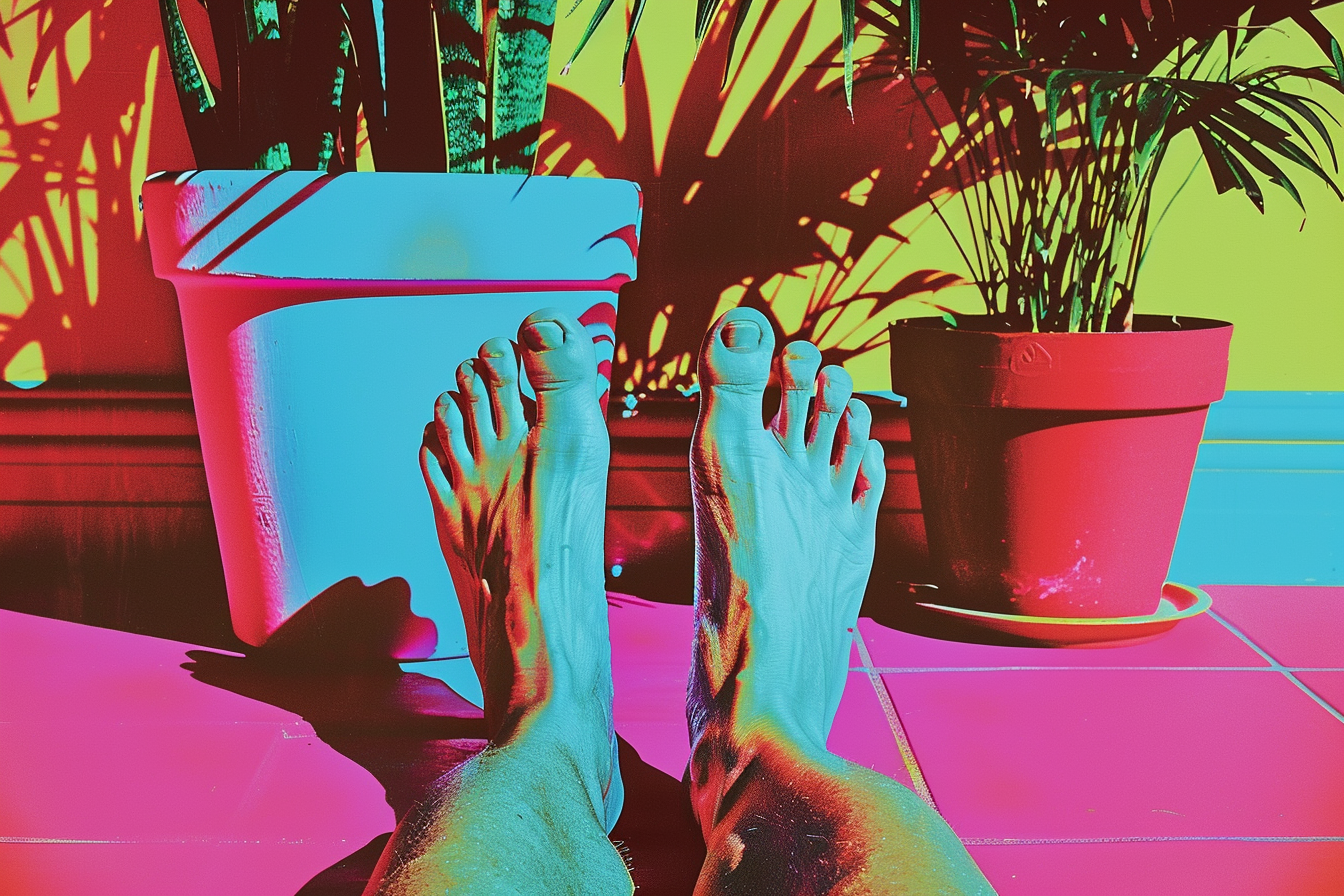
Understanding Solutions for Frizzy Hair
Have you ever wondered why some hairs seem to defy even the best styling products? For many, managing frizz feels like trying to tame stubborn weather – a challenge that shifts with each new day. Whether it’s humidity, texture, or even how you dry your hair, the struggle is real. But, just like understanding an umbrella keeps you dry in the rain, uncovering the basics of hair porosity and type brings clarity to controlling frizz.
You might ask, “What’s the best way to handle frizz consistently?” That’s where combining professional treatments, key ingredients, and daily practices come in. From lightweight oils to keratin-rich solutions, this guide walks you through tools for less frustration and more manageable hair.
Understanding Solutions for Frizzy Hair
Identifying Hair Porosity and Types of Frizz
You’ll get the best results by tailoring hair products to your hair’s porosity. Porosity determines how well your hair absorbs and retains moisture, and knowing yours helps you choose the right treatments. High porosity hair absorbs moisture quickly but loses it just as fast, often leading to dryness and frizz. On the other hand, low porosity hair resists moisture due to tightly sealed cuticles, which makes hydration a little trickier.
- Low Porosity: Water and products may sit on the surface, so light formulations work best.
- Medium Porosity: Hair holds moisture well, so adaptable products can suit this type.
- High Porosity: Heavily damaged cuticles can cause quick dehydration, requiring thicker, sealing products.
Key Ingredients to Look For
If you’re tackling frizz, pay attention to ingredients that improve moisture retention and smooth your hair's cuticles:
- Argan Oil: Adds a layer of hydration and boosts shine without feeling heavy.
- Keratin: Repairs and protects against damage, cutting down on frizz.
- Glycerin: Draws in water to keep your hair moisturized.
- Silicone Derivatives: Creates a humidity-blocking barrier for smoother strands.
Choosing Products Based on Hair Texture
Your hair’s thickness and texture play a huge role in determining which products you should lean toward:
- Fine Hair: Lightweight serums are great for taming flyaways without flattening volume.
- Thick Hair: Rich conditioners work to lock in moisture and calm unruly strands.
- Curly Hair: Cream-based products help define curls while controlling frizz.
- Coarse Hair: Heavier, oil-based treatments seal in moisture and increase manageability.
Approaches to Managing Frizz
Professional Treatments
- Salon Keratin Treatments: These provide long-term frizz relief by smoothing your cuticle for weeks at a time.
- Chemical Relaxers: A more permanent solution for taming highly unruly hair.
- Deep-Conditioning Treatments: A focus on restoring and maintaining moisture for healthier hair.
At-Home Strategies
- Use anti-frizz serums to combat daily humidity.
- Work in leave-in conditioners to hydrate your strands throughout the day.
- Avoid heat without using protectant sprays, as heat worsens frizz.
- Switch to silk or satin pillowcases to reduce friction while you sleep.
Daily Practices for Long-Term Frizz Control
Adopting consistent care routines prevents frizz from becoming a recurring problem:
- Stick to pH-balanced shampoos that prevent hair drying out.
- Trim your ends every 6–8 weeks to prevent splits and frizz from spreading.
- Apply weekly hair masks to give your hair extra hydration.
- Dry your hair using microfiber towels to cut down on static.
Product Categories for Frizzy Hair
Leave-In Treatments
Lightweight leave-ins, like the Briogeo Farewell Frizz Rosarco Milk Leave-In, tackle hydration and frizz without any heavy build-up.
Oil-Based Serums
Serums, such as Bumble and bumble Hairdresser’s Invisible Oil, stand out for their ability to fend off environmental moisture while smoothing your strands.
Creamy Conditioners
Thicker conditioners can hydrate curly or coarse types and help with defining texture while fighting dryness.
Practical Steps for Managing Hair Frizz
Addressing frizzy hair successfully involves choosing products and techniques tailored to your hair type and texture. Consistency matters.
Start with Proper Hydration
- Include moisturizing shampoos and conditioners to maintain your hair's moisture balance effectively.
- Apply weekly hair masks with hydrating ingredients like glycerin, shea butter, or argan oil.
Use Targeted Treatments
- Consider keratin treatments for long-lasting smoothness, especially for thick or coarser textures.
- Test leave-in sprays or serums that create a protective barrier against daily humidity.
Choose Based on Hair Needs
- Curly hair benefits from cream-based products to enhance definition and reduce frizz.
- Fine hair requires lightweight formulations to smooth cuticles without adding heaviness.
Incorporate Styling Best Practices
- Dry hair using microfiber towels to minimize static and frizz.
- Use heat protectants religiously when styling with tools like flat irons or curling wands.
- Switch to silk or satin pillowcases to reduce overnight friction and maintain smoother strands.
Experiment and Adjust Regularly
Since hair changes over time, adjust your routine and products as needed to meet evolving hair needs.
Sustaining frizz control requires dedication to the right treatments and a willingness to adapt to your hair’s unique characteristics.
Citations:
https://www.example.com/frizzy-hair-research,
https://www.haircare.com/frizz-control-studies,
https://www.scientifichairstudy.org/frizz-management
©copyright 2024, Valentia Skincare, All rights reserved.










